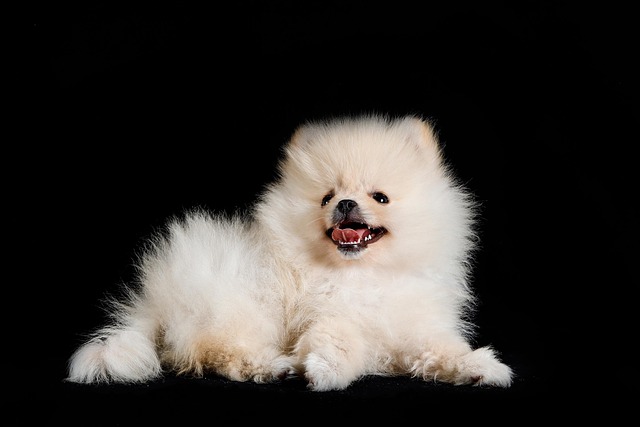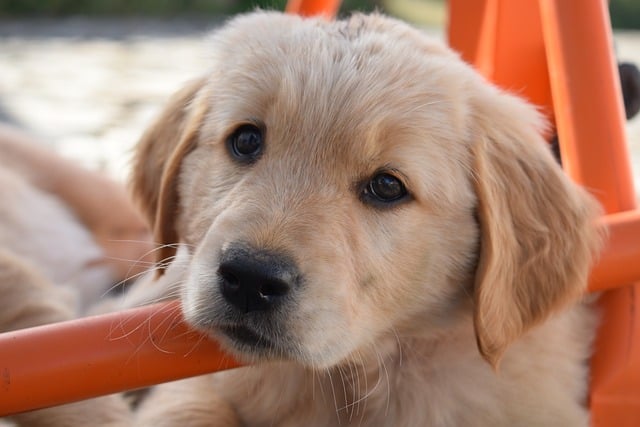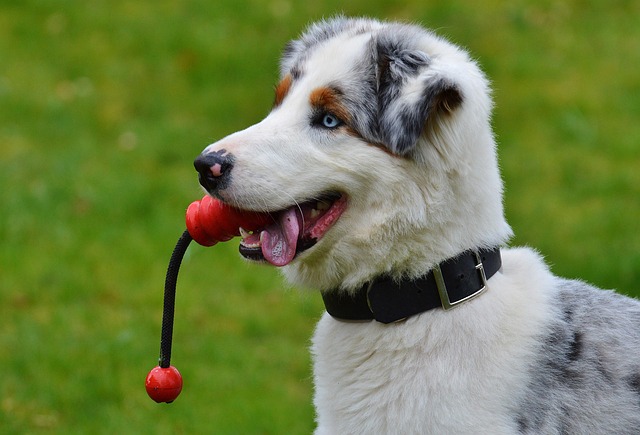
How to get dead flaky skin off a dog
How to get dead flaky skin off a dog? If you’ve ever buried your face in your golden retriever “Max’s” fur for a cuddle, only to pull back with tiny white flakes clinging to your sweater
That unmistakable fishy odor suddenly filling your studio apartment, or your pup doing an urgent "scoot" across your favorite rug – it’s frustrating and concerning. Your first thought might be, "Can I just fix this myself?" While technically possible, expressing your dog’s anal glands at home is generally not recommended for beginners and carries significant risks. These small sacs near the rectum naturally release scent-marking fluid during bowel movements. When they become impacted or infected, they cause discomfort and those smelly signals. Attempting DIY expression without proper training risks injuring delicate tissue, pushing infection deeper, or misdiagnosing a more serious problem like an abscess that requires urgent veterinary care. Think of it like performing minor surgery – it’s delicate anatomy needing precise technique.
If you’re determined to learn despite the risks, absolute caution is vital. Never attempt this if your dog shows pain, swelling, redness, or blood near the anus – see your vet immediately. Only consider it for mild, occasional fullness confirmed by your vet, using the external method only. Position your dog calmly (standing often works best). Wearing gloves, lift the tail gently. Locate the glands at roughly 4 and 8 o'clock positions relative to the anus. Using a tissue-covered thumb and forefinger, apply gentle, inward and upward pressure (like squeezing a pea at the base of the sac) towards the anal opening. Stop immediately if your dog tenses, yelps, or if nothing releases after 2-3 tries. Have enzymatic pet cleaner ready – it’s messy! Crucially: Get hands-on training from your vet first. Many clinics in cities like Portland offer quick tech demos. Using force or pinning your dog down is unacceptable and counterproductive, violating core animal welfare principles expected across the US and EU.

This brings us to the heart of responsible ownership: prioritizing your dog’s comfort and safety aligns with modern, force-free animal care standards. Forcing a scared dog into this intimate procedure damages trust and can make essential vet visits traumatic. Instead, use positive reinforcement. Pair gentle handling near their tail during calm moments with irresistible rewards (diced hot dog bits work wonders). If they resist, stop. This builds cooperation, reflecting the positive training ethos deeply valued in American and European pet culture. Remember your legal duties too: keeping your dog’s rabies vaccination current is mandatory nationwide. Apartment dwellers, take note – that potent gland odor travels fast in hallways and shared elevators. Regular professional care prevents this social headache and protects your security deposit from stain damage! Always carry biodegradable poop bags on walks (required by city ordinances from Seattle to Miami) and practice courteous leash etiquette – keeping your dog from intrusive sniffing respects others’ space and reduces stress that can worsen gland issues.
Realistically, professional help is the wisest choice. Schedule regular expressions with your vet or a certified, force-free groomer (ask for recommendations at local spots like "Happy Tails Grooming" in Austin). They have the expertise to perform it quickly, safely, and hygienically, checking for underlying issues like infection or dietary needs. For dogs with recurrent problems, your vet might recommend adding fiber (canned pumpkin is a popular US fix) to firm stools, which naturally express glands. Investing in professional care isn’t just easier; it prevents painful complications like abscesses and upholds the high standards of compassionate pet ownership central to our communities. Trying DIY to save $20 could lead to a $200 emergency vet bill – and unnecessary suffering for your best friend. Prioritize their wellbeing, your neighbor’s noses, and your peace of mind.

How to get dead flaky skin off a dog? If you’ve ever buried your face in your golden retriever “Max’s” fur for a cuddle, only to pull back with tiny white flakes clinging to your sweater

Will my dog’s paw pad heal on its own? If you’ve ever ended a walk with your Australian shepherd “Milo” to find tiny spots of blood on the sidewalk, then noticed a ragged scratch on his paw pad

You’re out in the yard, watching your dog chase a ball, when you notice they’re moving a little stiffly—maybe hesitating before jumping up on the porch, or limping slightly after a quick run.

How do I toughen up my dog’s paw pads? If you’ve ever watched your 3-month-old golden retriever puppy “Buddy” pause at the edge of the sidewalk

It’s a scenario many new dog owners know too well: you wake up to find your pup’s bed dotted with small puddles of diarrhea, or they turn up their nose at breakfast and let out a low, unhappy whine.

That unmistakable fishy odor suddenly filling your studio apartment, or your pup doing an urgent "scoot" across your favorite rug – it’s frustrating and concerning.